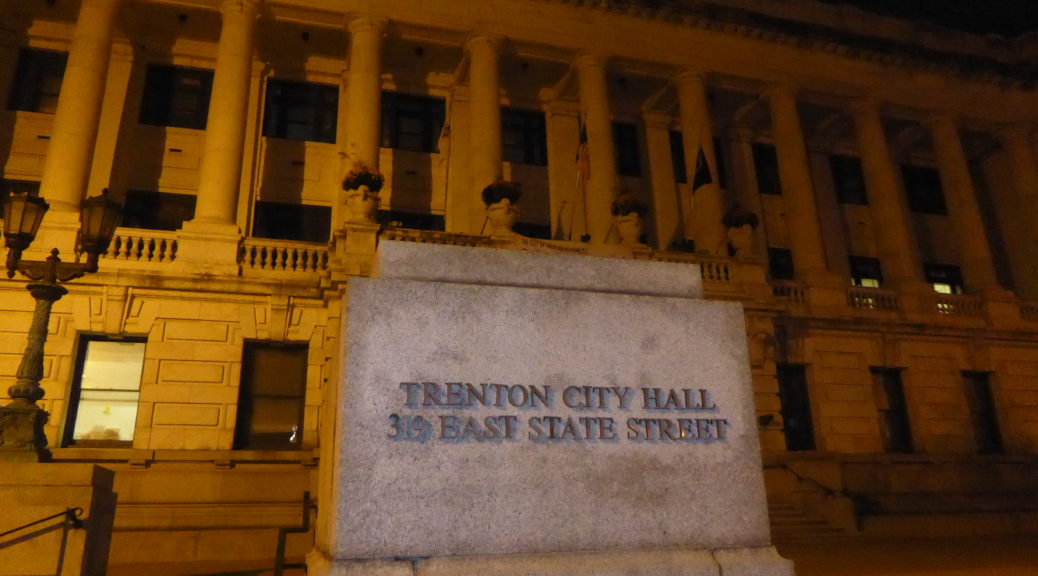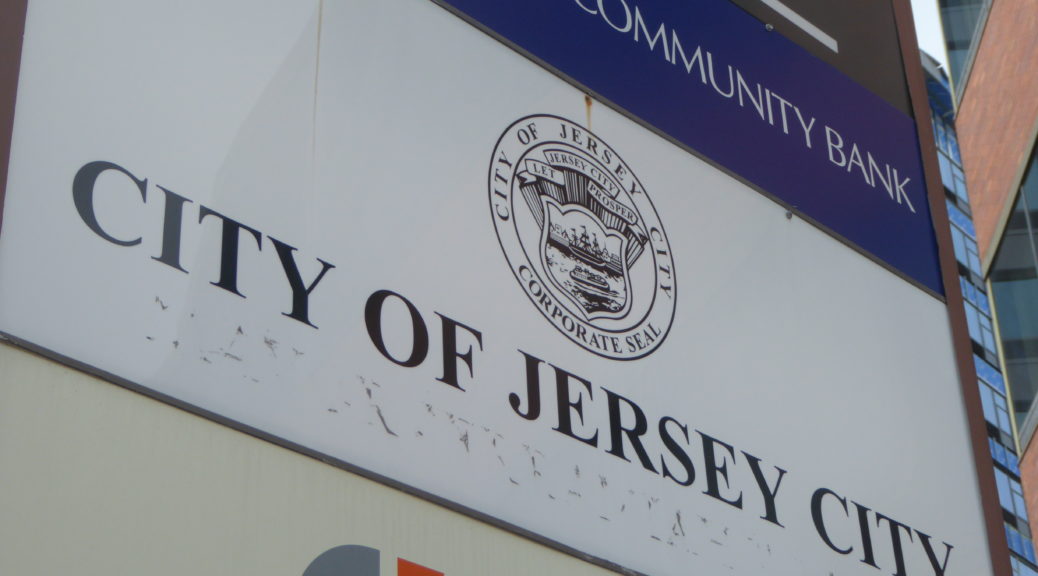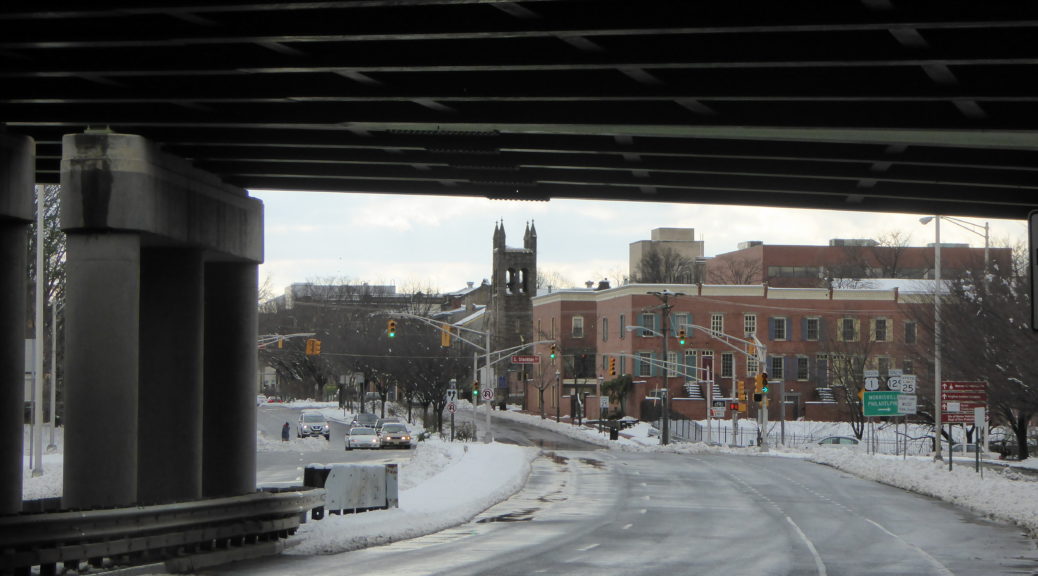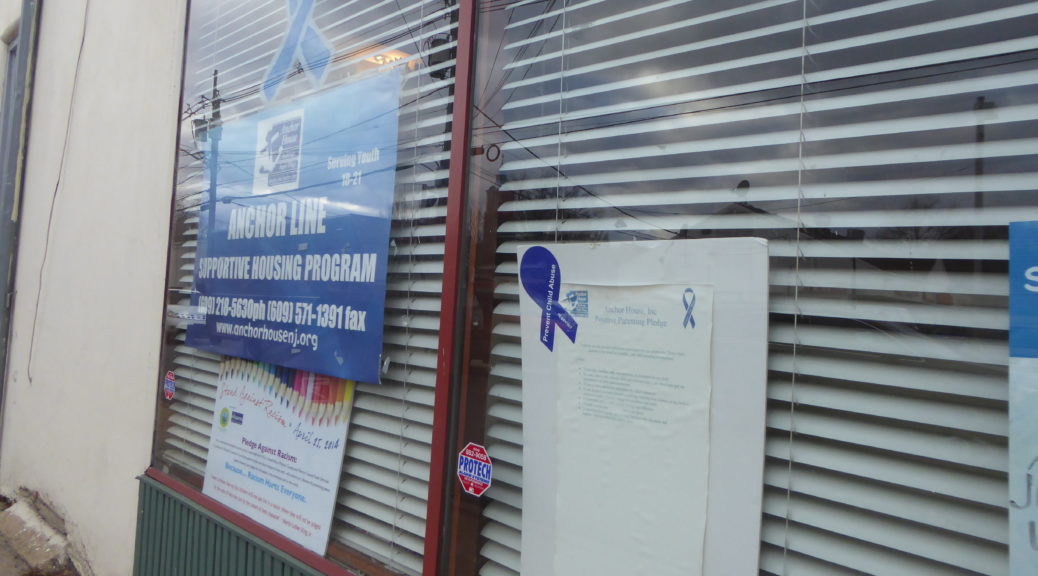
By McKenna Samson
Tamara Torres sat on a stool in her Artworks Trenton studio, wearing her “La Feminista” collection T-shirt and some paint-speckled jeans, her curls tucked away in a headwrap, sitting on the edge of her seat waiting to tell her story and explain how a photograph of herself took her all the way across the world from her home city of Trenton to Italy.
The Mercer County native’s story begins in the city of Trenton. At age 11, she and her brother turned to the streets when things were rocky at home. It was on the city streets where Torres met an older friend, John*, who offered to buy her a camera and film in exchange for portraits of himself. Upon taking on this task, Torres realized her passion for photography. Her new 35mm Pentax film camera helped her to see the world in a whole new lens.
“The second I saw through the lens, it was like I saw everything different. It was like a square of things that weren’t realistic, but were, and that could be changed,” Torres remarked.
She explained that she was almost too eager for her own good.
“I took so many pictures that he [John*] was like ‘okay, film is expensive so, now I’m just going to break the camera. If you fix it, then I’ll give you more film.’ Now, you’re talking to someone that has nothing else to do, education-wise. So, I fixed the camera, boom. And he got me more film. I like to say that was the beginning of something.”
Torres’ interest in photography eventually grew into collage art. Her pieces focus on social-political issues; many of which Torres has experienced within her own community. Her piece entitled Freedom has a unique backstory that took her from Trenton to a show for UNICEF in Milan, Italy.
On her art piece, Freedom, Torres explained that she “created it for these two women that I met that were saving money to get their daughters back because they were from a different culture and when you get divorced in that culture, you lose everything, including family,” Torres explained. She shifted in her seat and nervously smiled as she continued.
She immediately went into the planning and execution of her first art piece, inspired.
“So, I remember going home and putting tape over my mouth and doing this picture. I gave them the photograph and I said ,‘I hope your daughters see a big world and I hope you can find their voice.’ They encouraged me to put it into shows and I was like ‘no way, that’s not gonna happen’ and it did.”
Freedom addresses the intersectionality of being an immigrant in America, especially those of color entering America for the very first time. “It was really cool because a lot of immigrants look at it and that’s how they feel being here with this big dream, but they can’t vote, they can’t say certain things, they have to be careful. That was the beginning of my social- political art,” Torres summarized.
Torres’ acknowledgement of her accomplishments was something that she had a tougher time grasping from her very first international experience. The realization that she had made it as an artist hit her when she was in an unlikely place for an art show: Edinburgh, Scotland.
As she leaned forward in her chair to describe the moment that her life changed, her eyes seemed to glimmer with excitement.
“I was walking to the museums and saw some art and I came out and sat down and I saw the … Scottish people just walking and I just started to cry. It had just hit me like ‘holy s**t.’ You were from the streets of Trenton with food stamps, roaches, no heat, seeing people get beat up and people being verbally abused and sexually abused at a young age, myself. You are now sitting under some stone in Scotland, like, Edinburgh looking at people walking by because of your art.”
She felt as though she had actually made it. There were endless possibilities for Torres, with her art as her guide.
As a Latinx woman navigating the art world, Torres found herself standing in her truth, among some of the international elite. The art field, often occupied by those hailing from privileged backgrounds, can be intimidating for those who have alternative origins. There is often a sense of pride one can feel as they enter such a technical and critical community. Torres seemed to feel a certain intensity as she thought to herself and reflected on this.
“There’s been exhibits that I’ve been a part of that people have been like ‘..where did you get your MA or your BA or CA or whatever,’ and like, I didn’t and it bothers them so much, mainly white artists, that I’m in their world of high standards where they are and I have nothing. Like, I came from nothing to this. It was just my work and my art that brought me there.”
Higher education, while it may have brought some people into the elite art world, did not serve Torres. The ability and passion, that she put into her art pieces allows for her to reach the same exhibits and clientele as artists that have been classically trained through higher education. Her ability to adapt and present her raw talent in these spaces is something that she knew she did not need classical training for. When Torres presented Freedom to the public in Italy for the first time ever, the art community there welcomed her genius with open arms. For her, it was an experience like no other.
For those who may feel as though they are struggling to find their way or would like to fit into elite spaces, Torres has a message: “If someone comes from a broken home, like I did, it’s really important that they understand that that is not their final destination. I have to say that you have to find something that you love and push on that.”
*The name ‘John’ has been used to protect the identity of the individual who provided Torres’ camera.













